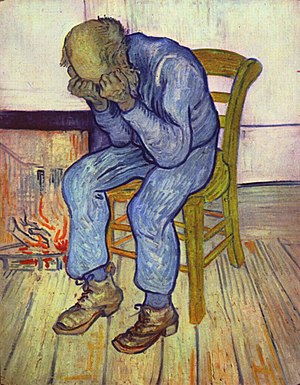| Cover of the first issue of Journal of the American Medical Association. (Photo credit: Wikipedia) |
If people knew the prices of medical treatments, and if they paid partly from their own pockets, they might shop around and save money.
This stands to reason, and a new study in the Journal of the American Medical Association shows it is true. This comes as very encouraging news for the wider effort to keep going the profound deceleration in health costs we have seen over the past several years.
A team of researchers led by Christopher Whaley of the University of California at Berkeley and Castlight Health examined what happens when hundreds of thousands of people are given access to a website that provides prices for various medical procedures.
Historically, consumers have had difficulty finding out the price they will be charged for a specific procedure or visit. But it is reasonable to expect that if prices were provided, and if the patients had “skin in the game” by cost-sharing, they would seek out lower-priced option.
That is exactly what the researchers found. The use of the price-transparency tool was associated with a 14 percent decline in payments for laboratory tests, a 13 percent decline in payments for advanced imaging test, and a 1 percent decline in payments for clinician office visits. Giving more information to consumers about the prices of their health care, in other words, led them to choose less expensive options.
These encouraging findings come with four important caveats. The first is that although price transparency is a good start, the American health-care system needs to provide better value, not just lower prices.
Little or no evidence links price to quality in health care, so my strong guess is that consumers who choose somewhat lower prices can help to shift the system towards somewhat higher value. But consumers should not have to make such guesses.
The second caveat is that price transparency in concentrated markets may facilitate collusion among providers. The concern is most salient when prices are publicly posted.
The third caveat is that the savings involved in the study were very small. The average lab-test payment reduction, for example, amounted to US$3.45 (S$4.40), and for the clinician office visit, it was US$1.18. The advanced imaging result was larger, at US$125, but still not huge.
This may help explain why so few people consulted the price website – only 6 percent of lab tests were preceded by a price search, for example. It also underscores the limited gains we should expect from price transparency – health-care costs are concentrated among the highest-cost patients. Patients will and should have deep insurance against high cost, constraining the ability of price transparency to have enormous effects on total spending.
The final caveat is that, especially with such small participation rates, one always wonders whether the people using the price website were fundamentally different from non-users in some way.
Despite these cautionary notes, the transparency study is very welcome news in the ongoing effort to produce better value in health care. We should be aggressively expanding efforts like the transparency tools that have helped consumers choose lower-priced options.
BLOOMBERG
Taken from My Paper, Thursday, October 23, 2014



































